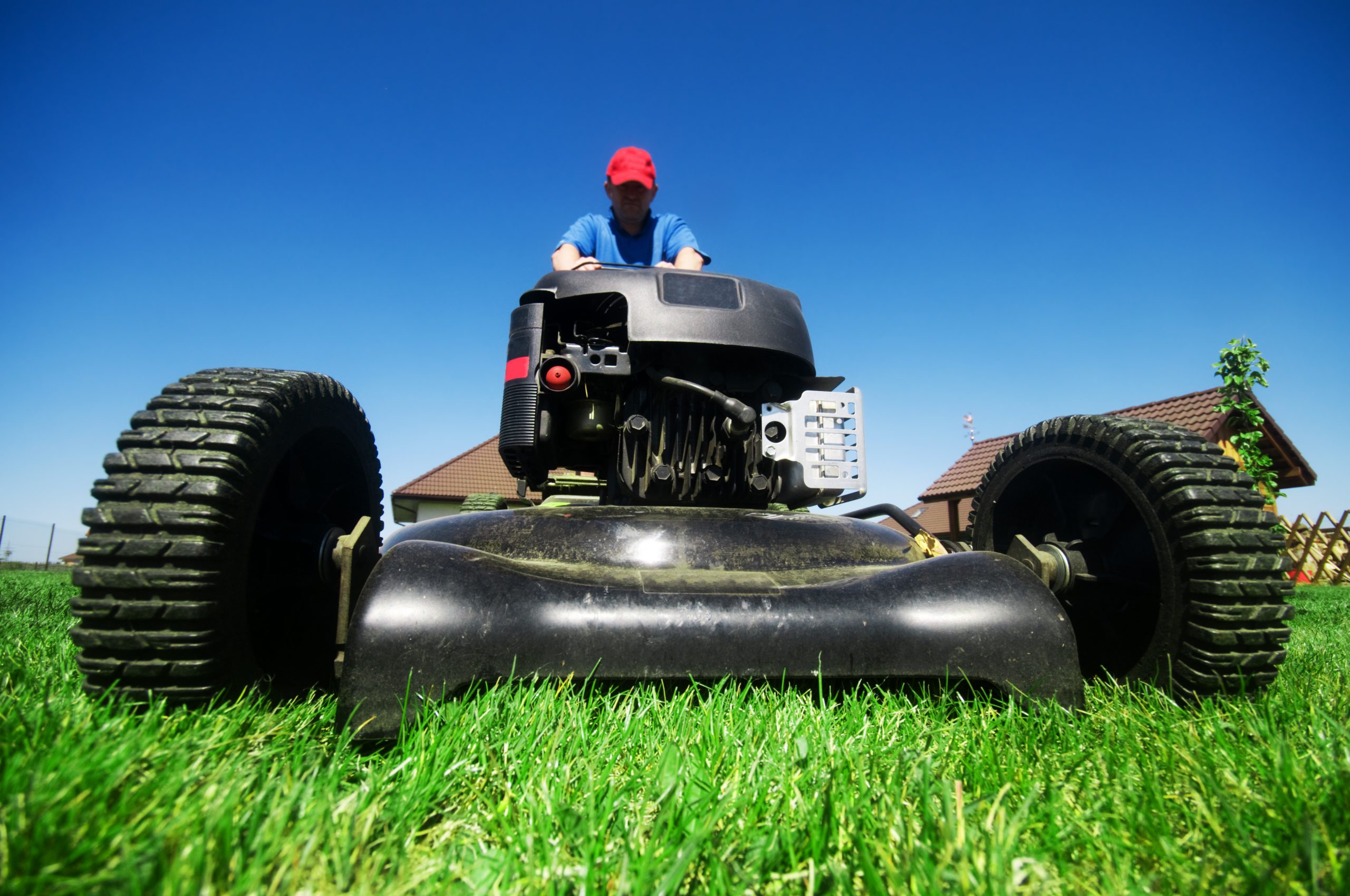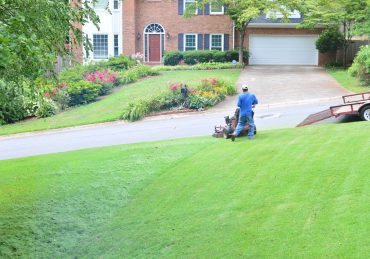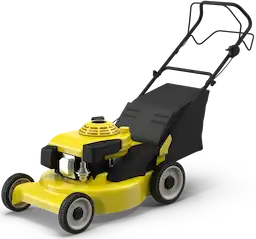You’ve probably seen it stacked in bags at the garden center, usually next to seed-starter kits or potting soil blends. But if you’ve ever paused and wondered, “What is peat moss used for, and is it actually worth buying?”, you’re not alone. Homeowners often toss it in their cart hoping it’ll help their lawn or garden “somehow,” without knowing what they’re really adding to their soil.
This guide cuts through the fog. Let’s talk about what peat moss is made of, what it’s good for, and when it makes sense to use it, or not.

When your soil feels stubborn and uncooperative, peat moss seems like an easy fix
Sometimes you push a shovel into the ground and it feels like concrete. Water won’t soak in, grass won’t root, and everything looks patchy. That’s usually when peat moss enters the picture.
What peat moss is made of (and how it forms)
Peat moss is a natural material made mostly from decayed sphagnum moss that builds up in boggy, low-oxygen areas. Because the decay process is slow and incomplete, the result is a fibrous, sponge-like substance that can take centuries to form. A three-foot layer in a bog might’ve taken a thousand years to accumulate.
Once harvested, it’s dried, baled, and sold as a soil amendment. Unlike compost, peat moss hasn’t fully broken down, so it still has structure.
Texture, acidity, and water retention
Peat moss is soft, crumbly, and very absorbent. It can hold up to 20 times its weight in water, which is why gardeners love it for seed-starting and drought-prone beds. Its pH usually runs between 3.5 and 4.5, so it’s naturally acidic, great for acid-loving plants but not always ideal for every lawn.
Note: Peat moss doesn’t come loaded with nutrients. It improves conditions, but won’t feed your grass or plants directly.
Overseeding a lawn? Peat moss helps, but only if you apply it right
We’ve seen homeowners overseed in the fall, spread peat moss over the top, and get excellent results. We’ve also seen others smother their grass and block oxygen from the soil. The difference comes down to application.
Grass Seed Germination After 7 Days
| Covering Type | Germination Rate | Moisture Retention |
|---|---|---|
| No Cover | ~55% | Low |
| Straw Mulch | ~62% | Moderate |
| Compost | ~68% | Moderate |
| Peat Moss | ~78% | High |
Why peat moss helps new seeds take root
Its loose texture gives seeds a soft landing and keeps them from washing away. Because it holds moisture so well, it protects seedlings from drying out between waterings, especially in early spring or fall when temperatures shift fast.
You don’t need much. A quarter-inch layer is usually plenty. Anything more can compact or stay dry on top and repel water instead of absorbing it.
Pro Tip: Always water peat moss immediately after spreading. Dry peat moss is hydrophobic, it repels water and blows around.
Tired of dry patches? Peat moss holds moisture where it matters
If you’re dragging hoses across the yard every few days or watching brown patches expand during summer, your soil may not be holding water effectively. That’s where peat moss can pull its weight.
Moisture Retention Comparison
| Soil Amendment | Water Retention (Times Its Weight) | Drainage Speed |
|---|---|---|
| Peat Moss | Up to 20x | Slow |
| Compost | 1.5x – 2x | Moderate |
| Coconut Coir | 8x – 10x | Moderate |
| Topsoil | 0.5x – 1x | Fast |
Why some soil types can’t keep moisture
Sandy or compacted soil tends to let water run right through, or pool without soaking in. Peat moss acts like a sponge: it holds onto water and slowly releases it as plant roots need it. Mixed into the top few inches of soil, it changes how your yard handles water.
We’ve seen it work especially well in high-sun, low-shade yards where grass dries out fast, even with irrigation.
Reality Check: Peat moss won’t fix poor watering schedules or unhealthy roots. It supports healthy growth, but it’s not a shortcut.
For a deeper dive into how different soil types affect lawn watering needs, see this soil moisture guide by university turf experts.
Think your soil needs help? Peat moss is good for some issues, bad for others
We’ve watched homeowners use peat moss expecting it to solve everything from nutrient shortages to pH swings. But it’s not a magic bag.
When peat moss helps
If your soil is too compacted, drains poorly, or needs more air movement for roots, peat moss helps break it up and improve airflow. That’s especially useful before major lawn renovations or garden installs.
It’s also helpful if you’re growing acid-loving plants, like blueberries, rhododendrons, or azaleas, that want a lower pH.
When it doesn’t
Peat moss won’t solve nutrient deficiencies. It won’t raise soil pH. And if you already have acidic soil or grow grasses that prefer neutral conditions, adding more acidity can do more harm than good.
Warning: Too much peat moss can make soil too acidic for cool-season grasses like Kentucky bluegrass and perennial rye.
Wondering if it’s sustainable? Peat moss has a mixed reputation
Some customers ask us whether they should avoid peat moss for environmental reasons, and the short answer is, it depends on your priorities.
Peat bogs take centuries to form, and harvesting them can release stored carbon and disrupt local ecosystems. Some suppliers follow strict restoration practices, but not all do.
If sustainability is a concern, compost, coconut coir, or leaf mold are solid alternatives.
Want to weigh peat moss against eco-friendlier options? This peat vs coconut coir comparison breaks down sustainability, cost, and performance side by side.
Frequently Asked Questions
Is peat moss the same as compost?
No. Compost is fully decomposed organic matter that feeds soil. Peat moss is partially decomposed and used for structure, not nutrients.
Can I use peat moss on its own to grow grass?
Not effectively. It works best mixed into soil or as a thin top layer over seeded areas. On its own, it dries out or compacts.
Does peat moss improve clay soil?
Yes, it can. Mixed in well, it improves aeration and drainage, making it easier for roots to grow.
How much peat moss should I use on my lawn?
For overseeding, use a light layer, about ¼ inch. For soil improvement, mix it into the top 3–6 inches at a 1:4 ratio with native soil.
Will peat moss raise or lower my soil pH?
It lowers pH slightly because of its natural acidity. That’s great for some plants, but not for all lawns.
The right choice depends on your lawn, not the label on the bag
Peat moss can make a difference in how your soil holds water, supports root growth, or helps new grass get established. But like any amendment, it has to fit the situation. Before reaching for a bag, think about what your soil actually needs.
When you understand its role, and its limits, you’ll get better results without wasting money or effort.





